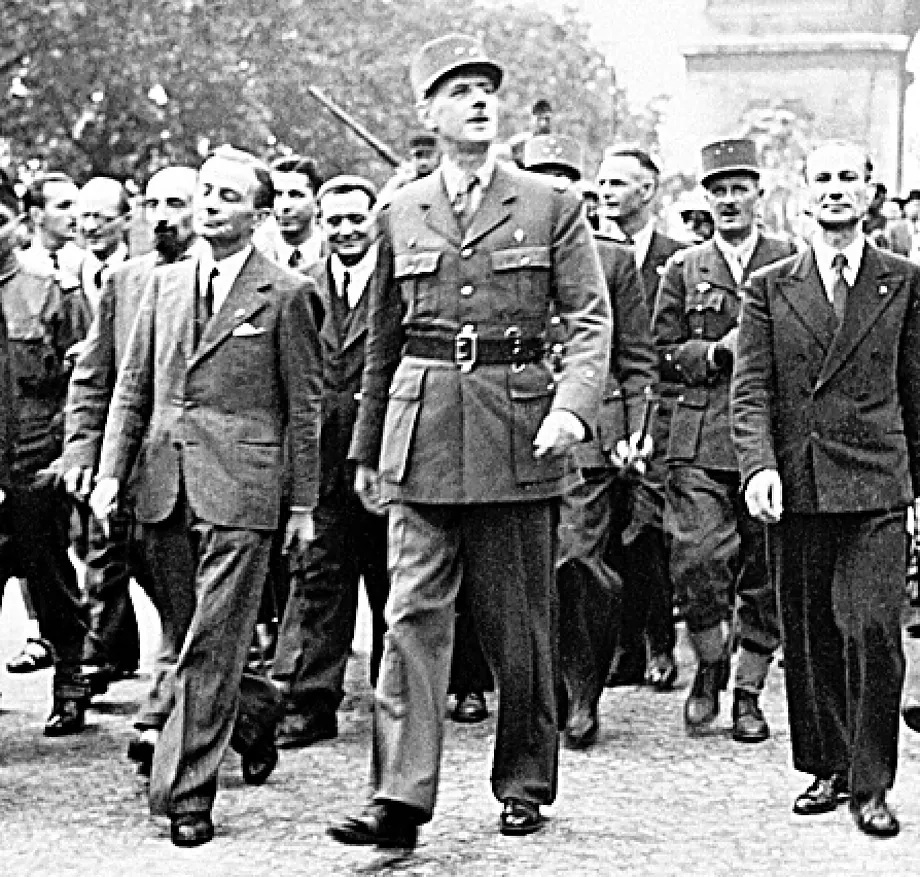There are at least two Victory Days in Europe or (VE Day). One, celebrated by the Western allies (May 8th), and another called Victory Day in the Patriotic War, which Russia celebrates on May 9th. The Kremlin holds its parade that day because Germany's unconditional surrender was signed in two different ceremonies, and the second - which the USSR considered the authentic one - took place past midnight in Moscow.
But even among the different Victory Days celebrated in the West, there are nuances between them. Perhaps the most different is the one commemorated by France. May 8, 1945 marks the unconditional surrender of Nazi Germany and the end of World War II in Europe. For Paris, this day is more than the end of the conflict: after four years of German occupation (1940-44) and the humiliation of Vichy France, Victory Day represents the restoration of national honor.
Now, Macron wants to do away with that holiday to continue with cost-saving measures, something that President Charles de Gaulle already did in 1959, although Mitterrand reinstated it as a national holiday during his term.
Charles de Gaulle, the leader of the so-called Free France, presented it as the moment when the country, through the Resistance and the loyalty to the nation by military and civilians who continued to fight against Italian and German fascism, regained its place in the Allied victory.
France suffered a humiliating defeat in the spring of 1940 against the German troops, who were inferior in number and tanks but far superior in strategy. In just six weeks, with an enveloping movement, the Wehrmacht deactivated the French armies and triumphantly arrived in Paris, where Adolf Hitler was photographed at the Eiffel Tower. General Philippe Pétain, a French hero of World War I, surrendered his army to Germany and even shook hands with Hitler. Thus began an infamous occupation of part of the country that coexisted with the creation of a vassal state of Berlin in the other part, known as Vichy France, since the capital was established in that spa town.
It was not the German occupation that triggered the resistance, but the invasion of the USSR. From the summer of 1941, with the panzers advancing through the Russian steppe, French partisans (including some Spanish guerrillas) began to fight the Nazis in the rear, always in coordination with the Allied forces and Charles de Gaulle, whose headquarters were in London.
Meanwhile, tens of thousands of French soldiers, aviators, and sailors scattered throughout the French colonial empire joined the Allied forces, in many cases fighting against their own collaborationist fellow citizens in North Africa. As a tribute to them, Dwight D. Eisenhower, commander of the Allied forces, allowed them to enter Paris first in the liberation of the French capital in August 1944. Among those units were also Spanish volunteers in the 9th Company of the 2nd Armored Division.
